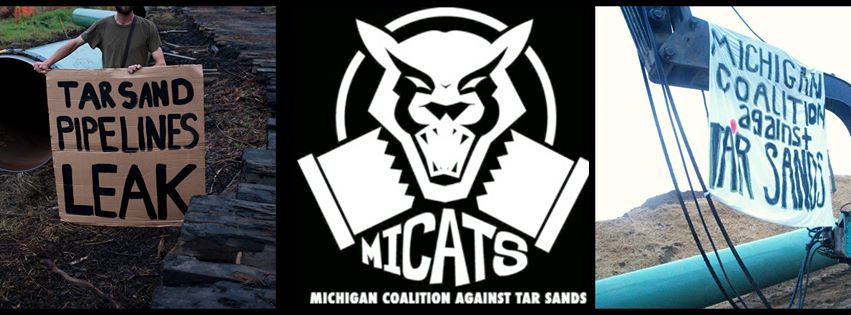By Suzanne Goldenberg / The Guardian
The limit of 2C of global warming agreed by the world’s governments is a “dangerous target”, “foolhardy” and will not avoid the most disastrous consequences of climate change, new research from a panel of eminent climate scientists warned on Tuesday.
In a new paper, the climate scientist Professor James Hansen and a team of international experts found the most dangerous effects of a warming climate – sea level rise, Arctic ice melt, extreme weather – would begin kicking in with a global temperature rise of 1C.
Allowing warming to reach 2C would be simply too late, Hansen said. “The case we make is that 2C itself is a very dangerous target to be aiming for,” he told the Guardian. “Society should reassess what are dangers levels, given the impacts that we have already seen.”
The research, published in the peer-reviewed journal PLoS One, represents Hansen’s most public intervention so far into the world of climate policy, following his retirement earlier in 2013 from Nasa’s Goddard Institute of Space Studies.
Hansen, who left Nasa to be more free to act as a climate advocate, set up a new climate policy programme at the Earth Institute in September. In a separate action, he intervened in November in support of a law suit demanding the federal government act to cut the greenhouse gas emissions that cause climate change.
The new study, however, was aimed at marshalling the expertise of 17 other climate and policy experts from the UK, Australia, France, Sweden and Switzerland as well as the US, to outline the dangerous consequences of sticking to the 2C warming target endorsed by the United Nations and world leaders.
The Intergovernmental Panel on Climate Change warned in its major in October that the world had only about 30 years left before it exhausted the rest of the 1,000 gigaton carbon emission budget estimated to lead to 2C warming. But Hansen and his colleagues warned that the UN target would not avoid dangerous consequences, even if it kept within that carbon budget.
“Fossil fuel emissions of 1,000 gigaton, sometimes associated with a 2C global warming target, would be expected to cause large climate change with disastrous consequences. The eventual warming from one gigaton fossil fuel emissions likely would reach well over 2C, for several reasons. With such emissions and temperature tendency, other trace greenhouse gases including methane and nitrous oxide would be expected to increase, adding to the effect of CO2,” the researchers said.
The paper draws on multiple strands of evidence to make its case, including the rapid decline of Arctic sea ice, mountain glaciers, and the Greenland and Antarctic ice sheets, the expansion of hot, dry subtropical zones, the increase in drought and wildfires, and the loss of coral reefs because of ocean acidification.
“The main point is that the 2C target – which is almost out of reach now, or quickly becoming out of reach – is itself a dangerous target because it leads to a world that is greatly destabilised by rising sea levels and massive changes of climate patterns in different parts of the world,” said Professor Jeff Sachs, director of the Earth Institute at Columbia University, one of the PLoS paper’s authors.
An even bigger problem however was that the international community was far from even reaching that inadequate target, Sachs said. “Right now we are completely off track globally,” he said. “We are certainly not even in the same world as a 1C world. We are not even in a 2C world.”
The paper goes on to urge immediate cuts in global emissions of 6% a year as well as ambitious reforestation efforts to try to keep temperatures in check. The paper acknowledges such actions would be “exceedingly difficult” to achieve, but says it is urgent to begin reductions now, rather than wait until future decades.
It warns that the targets will remain far out of reach so long with continued exploitation of fossil fuels, such as coal burning for electricity and continued exploitation of unconventional oil and gas.
The paper also offers prescriptions, urging the adoption of a direct carbon tax at point of production and entry. “Our policy implication is that we have to have a carbon fee and some of the major countries need to agree on that and if that were done it would be possible to actually get global emissions to begin to come down rapidly I think,” Hansen said.
Read more from The Guardian: http://www.theguardian.com/environment/2013/dec/03/un-2c-global-warming-climate-change


